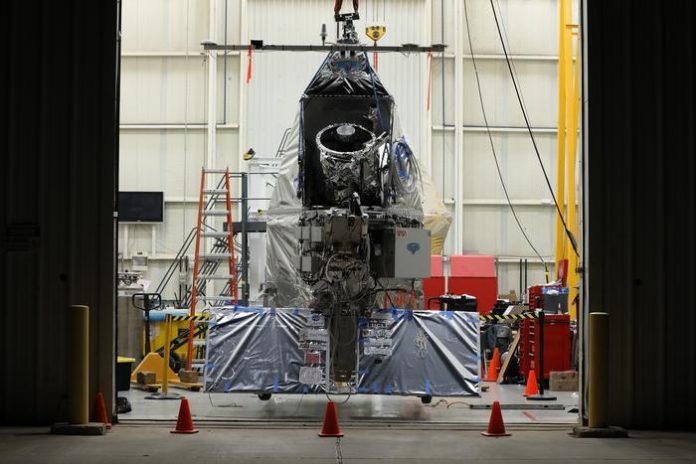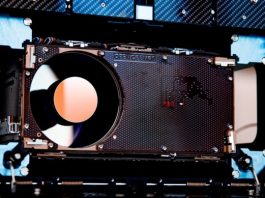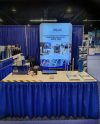Scientists and engineers are ready to fly an infrared mission called EXCITE (EXoplanet Climate Infrared TElescope) to the edge of space.
The NASA EXCITE mission is designed to study atmospheres around exoplanets, or worlds beyond our solar system, during circumpolar long-duration scientific balloon flights.
However, it must first complete a test flight during NASA’s fall 2024 scientific ballooning campaign from Fort Sumner, New Mexico.
“EXCITE can give us a three-dimensional picture of a planet’s atmosphere and temperature by collecting data the whole time the world orbits its star,” said Peter Nagler, the mission’s principal investigator at NASA’s Goddard Space Flight Center in Greenbelt, Maryland.
“Only a handful of these types of measurements have been done before. They require a very stable telescope in a position to track a planet for several days at a time.”
NASA EXCITE mission will reveal crucial details about distant planets
The NASA EXCITE mission will study hot Jupiters, giant gas exoplanets that complete an orbit once every one to two days and have temperatures in the thousands of degrees.
The worlds are tidally locked, which means the same side always faces the star.
The telescope will observe how heat is distributed across the planet, from the scalding hemisphere facing the star to the relatively cooler nightside.
It will also determine how molecules in a planet’s atmosphere absorb and emit light over the entire orbit, a process called phase-resolved spectroscopy.
This data can reveal the presence of compounds—like water, methane, carbon dioxide, and others—and how they circulate globally as the planet orbits its star.
“During its first science flight, EXCITE aims to fly for over a dozen days from the Columbia Scientific Balloon Facility’s site in Antarctica,” explained Kyle Helson, an EXCITE team member and a research scientist at the University of Maryland, Baltimore County and NASA Goddard.
“At the pole, the stars we’ll study don’t set, so our observations won’t be interrupted. We hope that the mission will effectively double the number of phase-resolved spectra available to the science community.”
Observing wavelengths with limited interruption
The EXCITE mission will fly to about 132,000 feet via a scientific balloon filled with helium, which puts it above 99.5% of Earth’s atmosphere.
At that altitude, the telescope will be able to observe multiple infrared wavelengths with little interference.
Lee Bernard, an EXCITE team member and a graduate research assistant at Arizona State University in Tempe, said: “The telescope collects the infrared light and beams it into the spectrometer, where it kind of goes through a little obstacle course.
“It bounces off mirrors and through a prism before reaching the detector. Everything must be aligned very precisely — just a few millimetres off centre, and the light won’t make it.”
The spectrometer rests inside a vessel called a cryostat situated behind the telescope. The cryostat cools the spectrometer’s detector — once a flight candidate from Webb’s NIRSpec (Near InfraRed Spectrograph)— to about 350 degrees below zero Fahrenheit so it can measure tiny intensity changes in the infrared light.
Tim Rehm, an EXCITE team member and a graduate research assistant at Brown University, concluded: “It’s great to see the EXCITE mission’s subsystems all assembled and working together. We’re excited to do this test flight, and we’re looking forward to all the future science flights we hope to have.”









